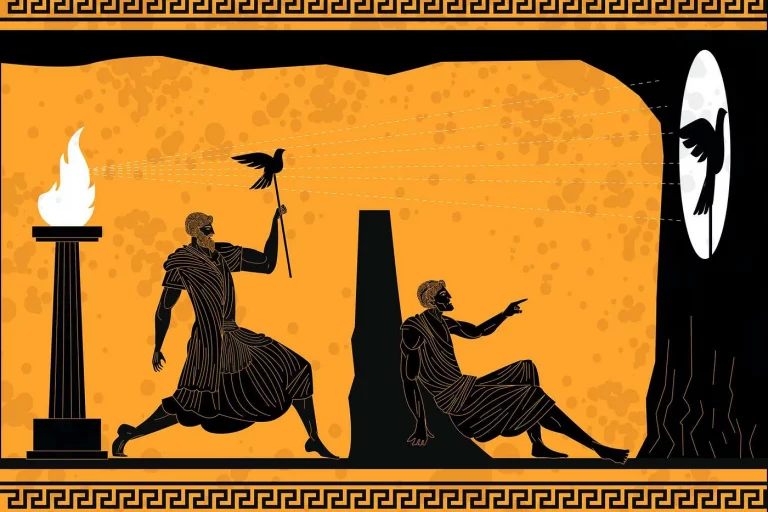Six recent articles from UXMatters
UXMatters has a new design and this seems to have benefited the quality as well, as there are more inspiring articles than ever. Here my pick:
June 14 edition
Algorithms as the New Material of Design
A column by Pamela Pavliscak, Founder of Change Sciences
Today, algorithms shape what we experience online. Next, they’ll modify our physical world—our homes, workplaces, cars, and cities. The new material of invisible, personalized, conversational design is algorithms. As experience designers, we can take an active role in bridging algorithms and the user interface to bring greater humanity to the experiences people have with technology.
Understanding Us: A New Frontier for User Experience
By Dirk Knemeyer, Founder and CEO of Involution Studios LLC
UX professionals have the opportunity to evolve into experts on the most fundamental context of all: ourselves, as human beings. Regardless of the products, experiences, and domains that people inhabit, they themselves are the one common denominator. Even—and perhaps particularly—from the perspective of practical business applications, we need to build and exercise this knowledge. The fountainhead for our understanding of the human animal is a natural focus for UX research, and we can apply these insights across all of the touchpoints employees, customers, and shareholders encounter.
A No-Compromises User Interface Rarely Gets Built
A column by Baruch Sachs, Senior Director, User Experience, at Pegasystems
The Enterprise UX world is about compromise. While being able to design without constraints may be a fine, lofty goal, the reality, in the enterprise space, is that compromise needs to happen. Everyone needs to recognize that there are data and system complexities that do not exist in the consumer world. That is true for both internally facing applications and externally facing applications. So, while designers may engage in no-compromises UI design with the intent of serving users well, if their designs never actually get built, it is as if they were never designed at all. This is not a legacy that serves anyone well—not the UX community, the actual users, or the enterprise.
May 31 edition
Traditional User Experience Is at a Crossroads, Part 1
A column by Jim Nieters, Senior Director of User Experience for Travel Products at HP
Many companies proclaim that they are going to turn themselves around so they can differentiate on the experience. We can all think of examples of such companies where leaders have made this promise, but have come up short. Transforming an entire company is hard. That said, in this two-part series, Nieters shares five lessons about transforming companies. In Part 1, he covers:
1. Getting buy-in for the transformation
2. Evolving the company culture
May 17 edition
Applying UX Design Methods to Organizational Design and Teamwork
By Alexey Ivanov, Innovation Designer at Philips Design
As UX designers, a big part of our work has become finding better ways for organizing teamwork and helping teams to devise processes that enable them to solve complex problems faster. What do these challenges mean for UX professionals?
Mental Models and User Experience
By Alipta Ballav, Senior UX Designer in Litehouse, at Harman Connected Services
Understanding mental models lets us shape positive, engaging user experiences within the framework of the user’s mental model. As designers, we know that the user’s mental model will often differ from our own. Whatever gap exists between our mental model and that of the user results in slower performance, blunders, user disappointment, and even disengagement. To avoid these negative experience outcomes, we must understand the mental models of the users for whom we’re designing a product or service.



